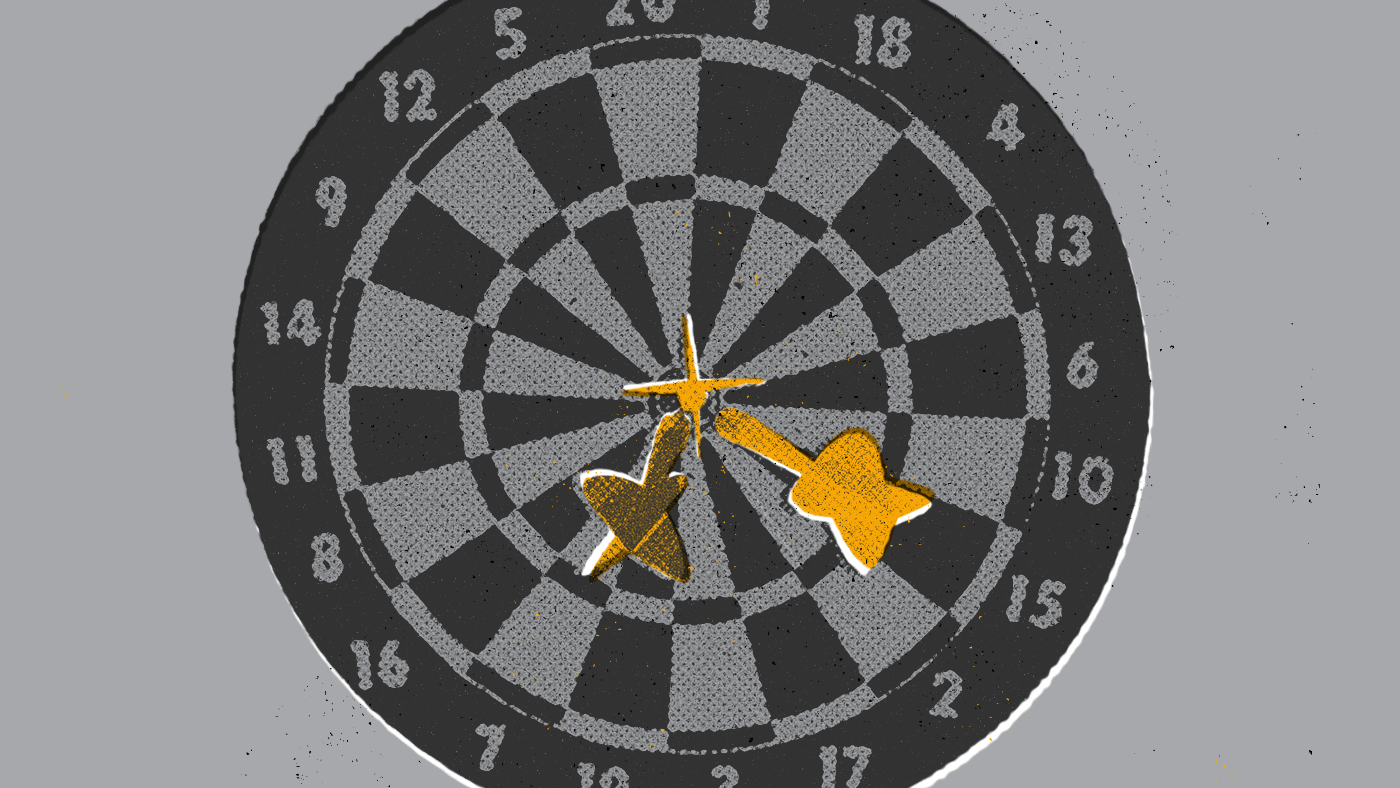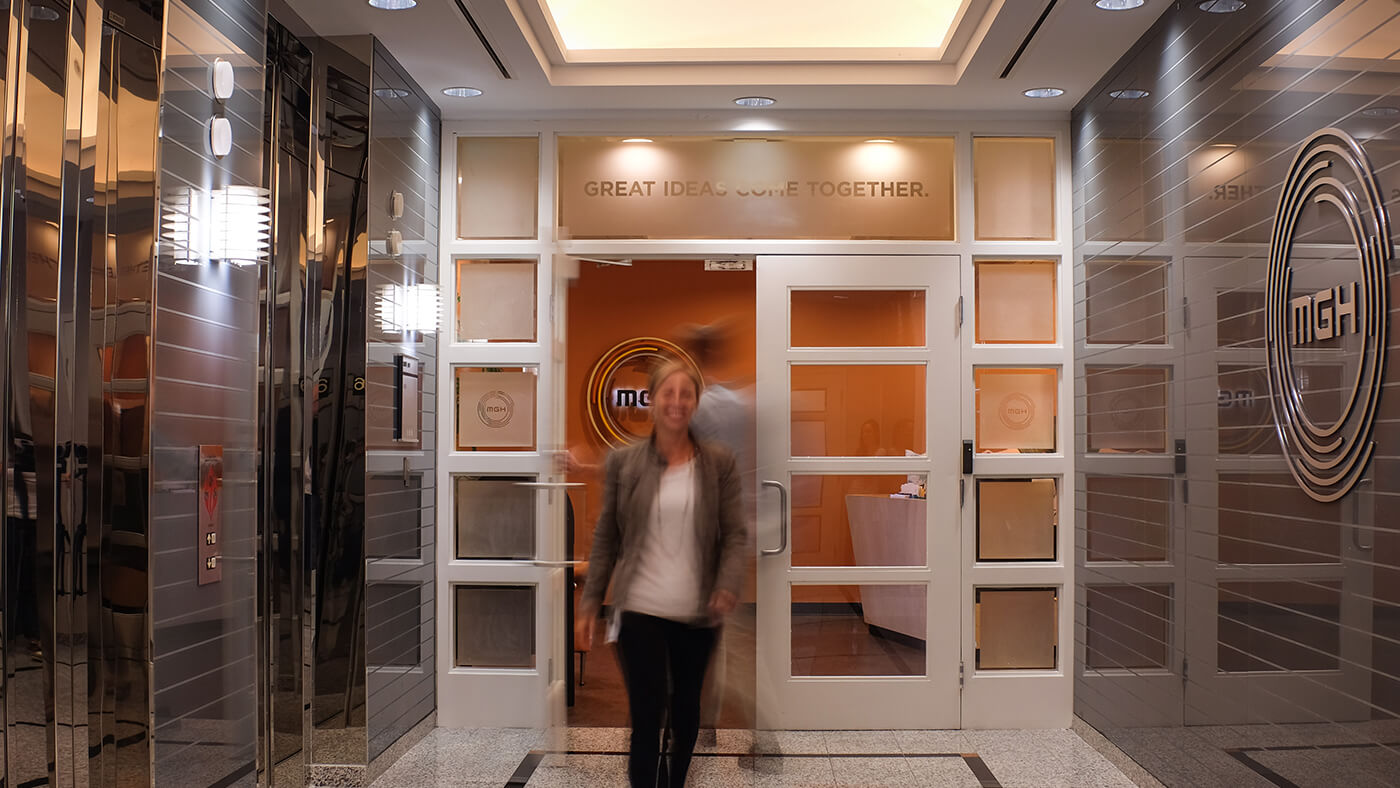The Rise and Fall of Black Friday
I can’t remember who I was with or where I was, but roughly four years ago I remember overhearing a conversation about plans for Thanksgiving. Normally, you would think this would just be a discussion about who is coming over, what is everyone bringing, and when will dinner be served.
Instead, the entire conversation was about shopping…on Thanksgiving Day. It was impressive too; each participant had a designated location, a target, a contingency plan, and an exit strategy. It sounded like a strategic battle plan to overthrow the evils of regularly priced retail items.
Thinking back to my days in high school history class, I faintly remember stories of great empires that were able to conquer new lands and expand their impact on the world until some form of self-destruction would inevitably lead to their downfall.
Personally, stores opening their doors on Thanksgiving Day to weasel their way into the wallets of consumers was the beginning of the end of what used to be the biggest shopping day of the year (well, that and the Internet).
In 2014, Black Friday was recognized as the busiest shopping day of the year. What made Black Friday so successful was that people knew when it was coming, shoppers could plan for it, they expected it, and it all happened on one day.
Retailers knew most holiday shoppers were targeting Black Friday as the day to get their holiday shopping done while getting great deals. Then, like an arms race, retailers kept coming up with bigger and better deals, trying to grab as much of the consumers wallet as possible before they spent all their money somewhere else. All of sudden Black Friday deals were available through the weekend or you were told “DON’T WAIT – GET YOUR BLACK FRIDAY DEAL NOW!” in the first week of November.
Black Friday was no longer just about Friday. And in 2015, Black Friday was overthrown as a new empire slowly rose to power, capturing an audience Black Friday was unable to…procrastinators. The Saturday before Christmas, now known as “Super Saturday,” was crowned Ruler of Retail.
There were other factors at play that led to the fall of Black Friday, specifically the growth and sophistication of online shopping, but the point remains the same – Black Friday is no longer defined as the Friday after Thanksgiving, and it no longer holds the crown as the top shopping day of the year.
Why does this matter? Planning.
Most retailers (and ad agencies), are in the thick of planning for 2017. And as budgets get distributed and promotions mapped out, it is important for companies to monitor their actual performance and trends and resist the temptation to rely on “what we did last year” just because.
The habits of consumers are always evolving even more so with the seemingly endless introduction of new media for them to consume. It’s helpful to understand what has worked in the past, as long as it comes with the understanding that it may not work like that forever and it would be better to recognize the change is coming before you are the only one standing outside of Best Buy at 3:58 a.m. on the Friday after Thanksgiving.





